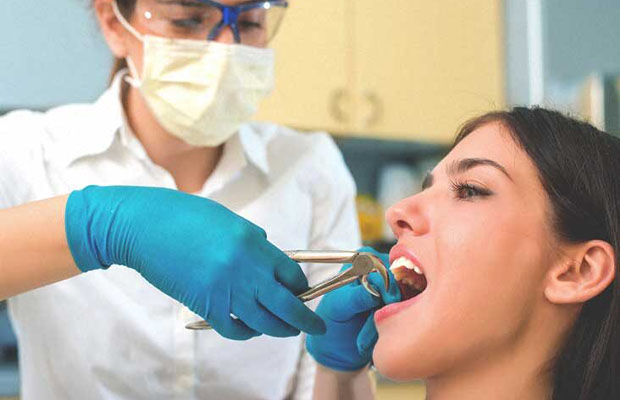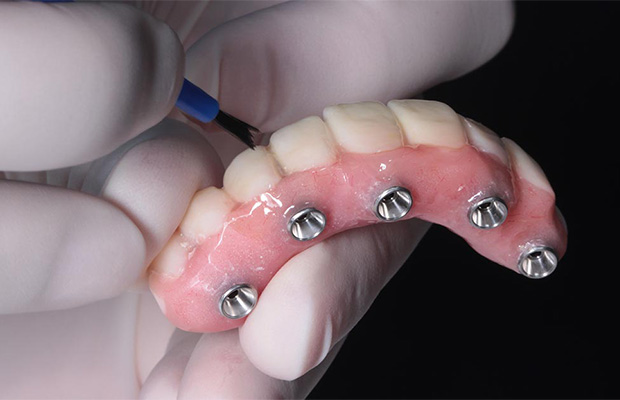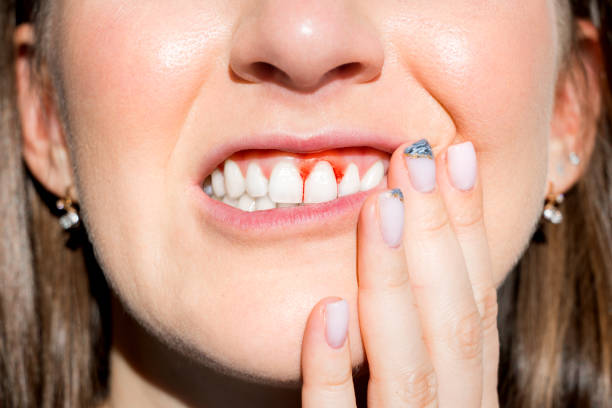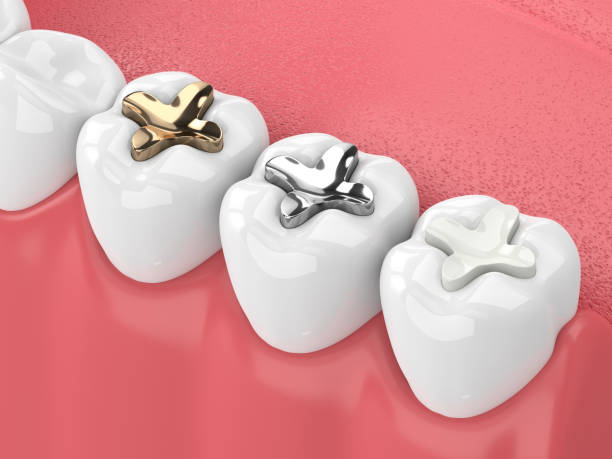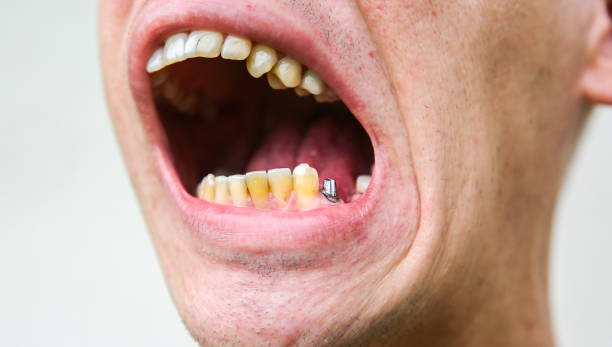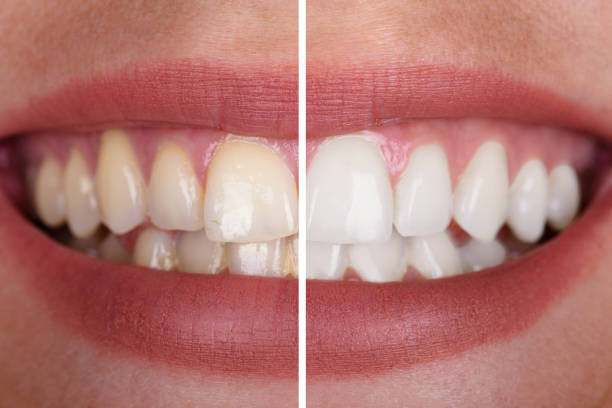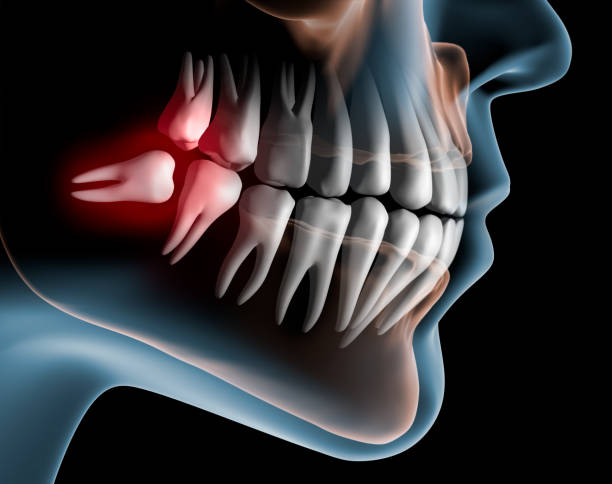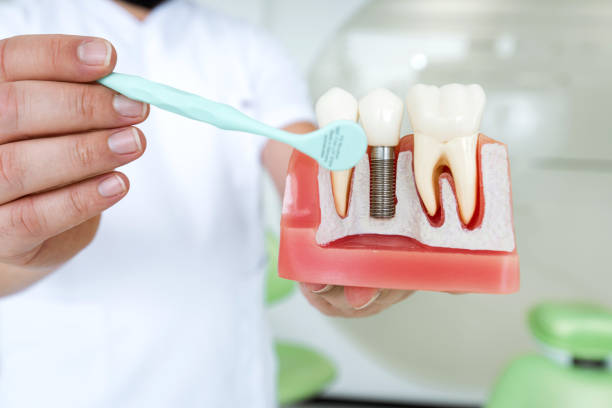Sometimes, while brushing or flossing your teeth, you may notice that one of your teeth has a swollen gum area.
Swollen gums are a fairly common occurrence and frequently indicate an issue that is simple to resolve. Why is my gum swollen around one tooth? What treatments are available for it?
We discuss the potential causes of swollen gums around one tooth in this article. Additionally, we offer details on dental care and when to schedule an appointment.
Table of Contents
Common Causes Of Swelling
1. Abscessed Tooth
A tooth abscess is a tiny pus-filled sac in your gums brought on by a bacterial infection. Gum disease can also cause tooth abscesses, but tooth decay and broken or fractured teeth are the most common causes of bacteria entering the blood vessels and nerves in the pulp (the inner chamber) of your tooth. A throbbing pain, red or puffy gums, a swollen jaw or face, a tender or sore tooth, a fever, and even a salty taste in your mouth are all warning signs. If you believe you may have an abscessed tooth, seek immediate treatment from your dentist. Infrequently, the infection can spread and lead to serious complications, but they are typically not dangerous.
2. Food Debris
You might not have removed food particles from under your gums, which can lead to decay and swelling if you only have to swell around one tooth in your mouth. The swelling might go away if you brush and floss frequently to remove the debris as soon as possible. Visit your dentist if you are unable to solve the issue on your own within a few days. We move on to number 2 because if this is not treated, gum disease may result…
3. Gum Disease
According to the Centers for Disease Control and Prevention, almost half of adults over 30 in the Gum disease is a problem in the US. Plaque, a soft, sticky, colorless film, is created by bacteria that have accumulated along your gumline and caused this condition. You may experience red and swollen gums in its early stages (gingivitis). Gingivitis can worsen and turn into periodontitis if left untreated. Periodontitis is a much more serious condition. Your tissue may start to recede, your bone may start to erode, your teeth may become loose, and your teeth may even start to fall out as a result of periodontitis. Fortunately, gum disease can be avoided by maintaining good oral hygiene, and its more advanced stages can be treated with deep cleaning (and, occasionally, surgery).
4. Other Potential Causes
Other potential causes of swollen gums around a single tooth include:
- Poorly fitting dentures or dental appliances
- Viral infection
- Fungal infection
- Side effects of medication
- Not getting enough nutrients
- Sensitivity to mouthwash or toothpaste
How To Treat Gum Swollen At Home?
The following natural remedies can lessen gum inflammation and enhance gum health.
Antiseptic Mouthwash
Although antiseptic mouthwash cannot remove tartar or plaque that has already formed, it can help prevent the growth of new plaque bacteria.
In drugstores and pharmacies, antiseptic mouthwash is sold without a prescription (OTC). Seek out products that include ingredients with potent antiseptic properties, such as cetylpyridinium chloride.
Sometimes, dentists may prescribe an antiseptic mouthwash containing chlorhexidine, which researchTrusted Source suggests is the most effective ingredient.
Saltwater Rinse
A 2016 study investigated the effects of a saltwater rinse on gum wound healing.
The gingival fibroblast cells from the teeth of the donors were removed for this study. The connective tissues of the teeth are composed of these cells.
After isolating the damaged cells, the researchers gave them a daily, three-time, 2-minute rinse in a saltwater solution.
They discovered that saltwater solutions with a concentration of 1.8% were most successful in accelerating wound healing.
By combining one level teaspoon of salt with one cup of cooled, boiled water, people can create a potent saltwater solution. Three to four times a day, they can rinse with the solution.
Herbal Rinse
A 2014 study investigated the antiplaque and antigingivitis effects of an herbal mouth rinse containing tea tree oil, clove, and basil. These ingredients have antibacterial and anti-inflammatory properties.
In order to create two groups, the researchers split the 40 participants. While the other group used the herbal mouthwash, the first group used a commercial mouthwash for 21 days.
The outcomes of the herbal rinse were on par with those of the brand-name rinse. Participants in both groups demonstrated improvements in a number of gum health indicators, such as lessened plaque and gum inflammation.
Ibuprofen
Ibuprofen and other painkillers can help to lessen gum discomfort while a patient receives treatment for periodontal disease or dental abscesses.
Medical Treatment Of Gum Swollen
People can discuss the following medical procedures with their dentist:
Tooth Scaling And Polishing
Tartar is removed from the teeth by a dental professional, which can help gingivitis heal.
The dental hygienist uses specialized tools to scrape off the tartar during the cleaning. To aid in preventing the buildup of plaque in the future, they then smooth and polish the tooth’s surface.
Root Planing
Plaque and tartar are removed from the roots of teeth during a root planing deep cleaning procedure. This removal is sometimes referred to as scaling or debridement by dentists.
A local anesthetic is frequently administered to patients undergoing this procedure.
Antibiotics
Oral antibiotics are usually effective in treating dental abscesses. To treat the root of the abscess, a person must also receive dental care.
The infection may occasionally have already spread to different body parts. A person may need to stay in the hospital and receive intravenous antibiotics in very serious cases.
Incision And Drainage
In order to drain the infected pus from the abscess, a dentist might occasionally need to make an incision in the area.
Use saline to flush the area after drainage is finished. Additional therapies might be required.
Root Canal
A root canal is a dental procedure that involves removing bacteria from infected tooth roots.
The crown of the tooth, which is what people can see, gives the dentist access to the tooth roots. Then the crown and roots are cleaned and filled. For protection and tooth restoration, some people may require an artificial crown.
Tooth Extraction
Sometimes a dentist will have to extract the infected tooth. Local anesthesia will be necessary for this procedure.
How To Prevent Gum Swollen?
One of the most crucial things you can do to avoid issues like gums swelling around teeth is to practice good dental hygiene. For good dental hygiene, follow these steps:
- Brushing is an effective way to get rid of bacteria before bed.
- At least once a day, floss.
- Visit the dentist twice a year for checkups and professional teeth cleanings.
When To See Dentist?
Even if a person is not experiencing any tooth or gum symptoms, they should still visit the dentist at least once or twice a year.
Inspecting your teeth regularly enables the dentist to address any issues before they worsen.
In between routine examinations, patients should visit the dentist if they notice any of the following signs:
- swollen or bleeding gums
- mouth spots or sores that last longer than a week
- jaw pain or an uneven bite
- difficulty chewing or swallowing
- pain or swelling in the mouth, face, or neck
Takeaway
In conclusion, there are a variety of causes for your gums to be inflamed around a single tooth. Before you ask, “Why is my gum swollen around one tooth?” practice good oral hygiene.”
You can avoid the discomfort, expense, and time of treating a health problem like a periodontal disease by spending a few minutes each day practicing good dental hygiene habits like brushing and flossing.

